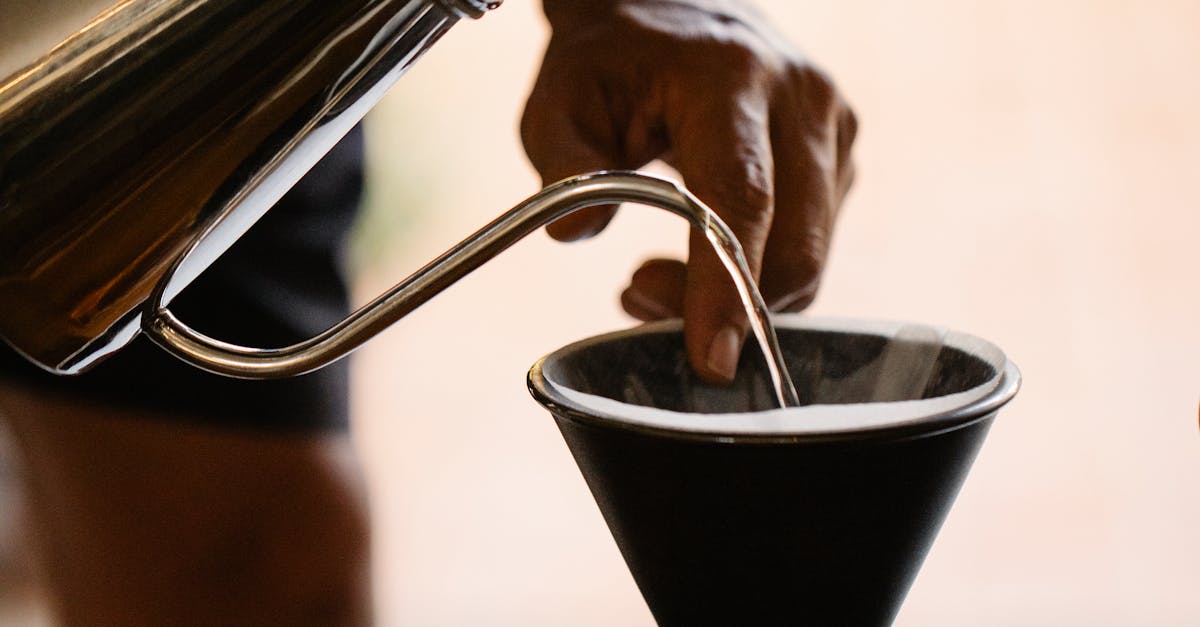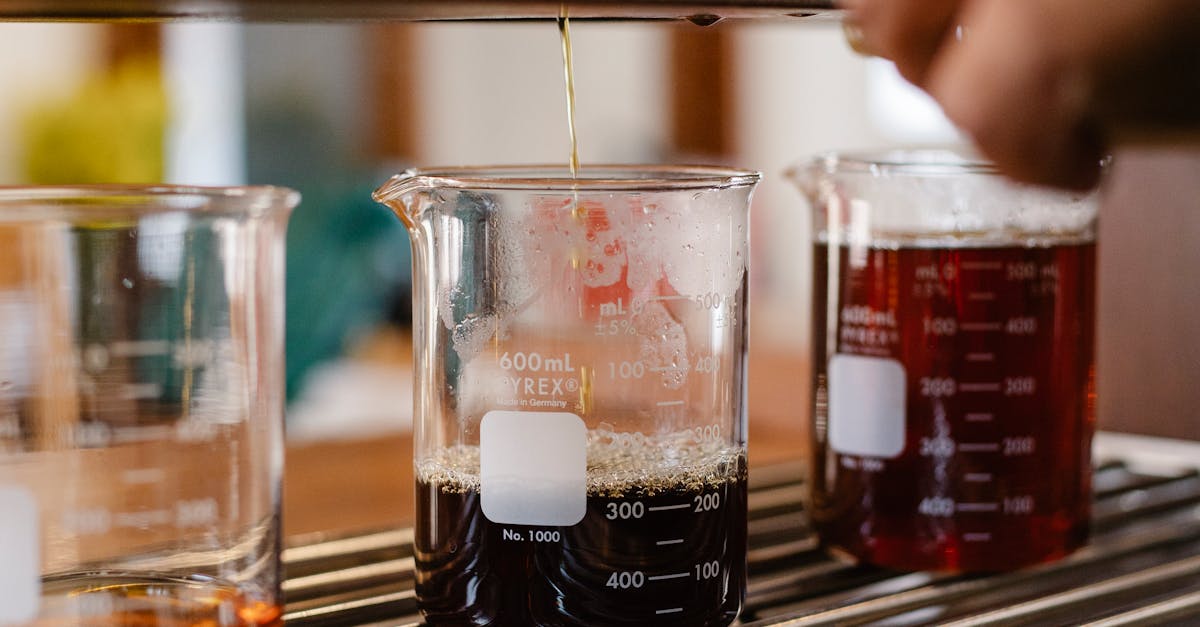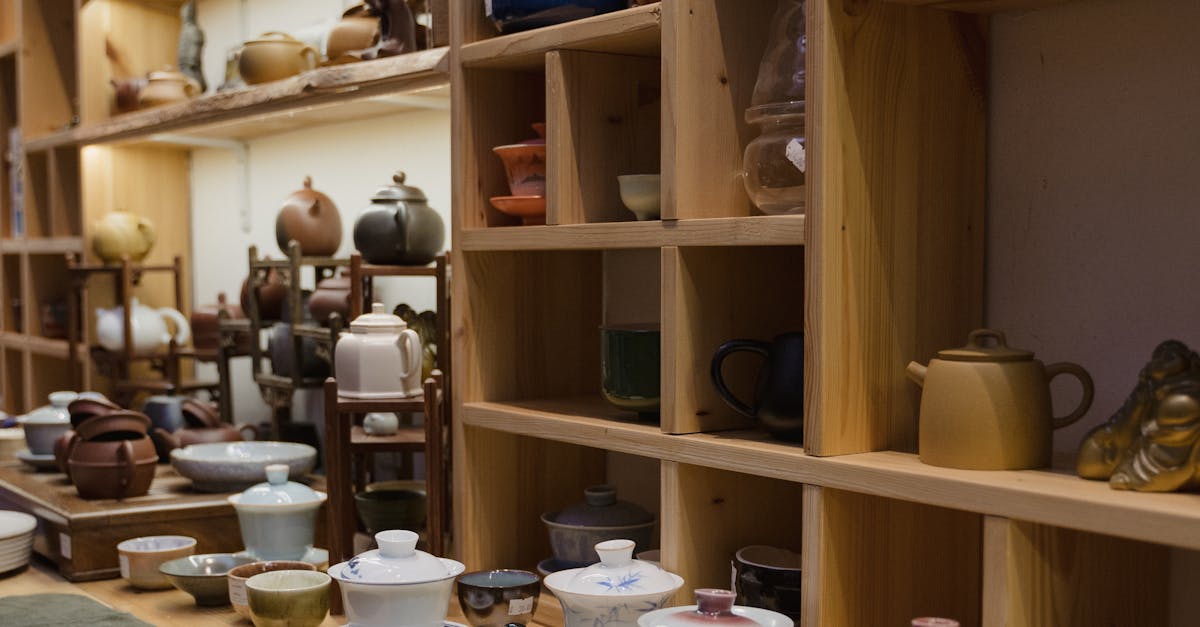
Table Of Contents
Hot Water Storage Tanks
Hot water storage tanks play a crucial role in the overall efficiency of a home’s hot water system. They are designed to store and heat water, ensuring that it is readily available when needed. These tanks come in various designs and capacities, allowing homeowners to choose a model that best fits their household size and hot water demands. Proper selection of a storage tank can significantly impact energy consumption and overall system performance.
Understanding the components that make up hot water storage tanks is vital for efficient operation. Many tanks feature insulation to minimize heat loss, which helps maintain water temperature while lowering energy costs. Additionally, hot water system parts and accessories such as temperature and pressure relief valves ensure safety by preventing excess pressure buildup. Regular maintenance of these components can prolong the lifespan of the tank and enhance the reliability of the hot water system.
Design and Capacity of Storage Tanks
The design and capacity of hot water storage tanks play a crucial role in the overall efficiency of a hot water system. Tanks come in various shapes and sizes, tailored to meet different household or commercial needs. Choosing the right capacity is essential, as it determines how much hot water is available for use at any given time. A tank that is too small may not provide enough hot water during peak usage periods, while an oversized tank can lead to unnecessary energy consumption and higher utility bills.
Integrated with the important hot water system parts and accessories, storage tanks must also consider heat retention features. Insulation thickness and material can significantly impact how well a tank maintains its water temperature. Proper design not only affects energy efficiency but also influences the longevity of the system. Regular maintenance is essential to ensure the tank operates effectively, preventing issues such as sediment buildup that can impair its performance.
Pipework and Plumbing Connections
Proper pipework and plumbing connections are essential for the efficient operation of any hot water system. These connections ensure that hot water can flow seamlessly from the storage tank to various outlets throughout a home or building. Various fittings, joints, and valves facilitate this process, each serving a distinct purpose. For instance, shut-off valves allow for maintenance without disrupting the entire system, while expansion tanks manage pressure fluctuations that occur when water heats up.
The types of pipes used in hot water systems can vary based on the design and requirements of the system. Copper, PVC, and PEX are common materials, each with advantages and disadvantages. Choosing the right material contributes to the durability and efficiency of the system. Additionally, understanding the different components included in Hot Water System Parts and Accessories can simplify repairs and upgrades. Proper installation and maintenance of pipework and plumbing connections are vital for ensuring the longevity and effectiveness of hot water delivery.
Types of Pipes Used in Hot Water Systems
In hot water systems, the type of piping used is crucial to efficiency and performance. Common materials include copper, PEX (cross-linked polyethylene), and PVC (polyvinyl chloride). Copper is durable and resistant to corrosion, making it a popular choice for both hot and cold water lines. PEX offers flexibility, ease of installation, and resistance to scale and chlorine, which can be advantageous in various settings. PVC is typically used for drain, waste, and vent piping, as it can withstand significant pressure but is not suitable for hot water applications.
Selecting the right pipes not only impacts the system's effectiveness but also affects its maintenance and longevity. Users should consider factors such as pipe insulation to reduce heat loss and the compatibility of materials with existing components. Proper configuration of these elements is essential to ensure optimal performance of hot water systems. Understanding these details can enhance the overall functionality of Hot Water System Parts and Accessories, ensuring efficient and reliable operation.
The Circulation Pump
The circulation pump is a pivotal component of a hot water system, designed to ensure that hot water is readily available at the tap whenever needed. It operates by continuously moving water from the storage tank to the fixtures throughout the home. This mechanism helps maintain consistent water temperature and minimizes wait times for hot water, enhancing overall efficiency. Depending on the design of the system, circulation pumps can either be on-demand or continuous flow options, each catering to different household needs.
When assessing hot water system parts and accessories, the circulation pump stands out due to its role in energy efficiency and comfort. An effectively functioning pump reduces water wastage while ensuring instant hot water availability. Regular maintenance checks for circulation pumps are essential to avoid potential issues that could disrupt the hot water delivery process. This ensures that households can enjoy the luxury of hot water without significant delays or excess energy costs.
How Circulation Pumps Work
Circulation pumps play a crucial role in hot water systems by ensuring a steady flow of heated water throughout the plumbing network. These pumps work by drawing water from the hot water storage tank and pushing it through the pipes connected to the fixtures and appliances. When a tap or appliance is activated, the pump efficiently delivers hot water instantly, reducing wait times and conserving energy. The placement and size of the circulation pump can significantly affect the efficiency of the entire system.
In terms of operation, circulation pumps are typically activated by a thermostat or a timer. Some systems utilize a dedicated return line that allows cooled water to flow back to the storage tank, ensuring that hot water is always ready for use. This setup enhances energy efficiency and promotes an even distribution of heat throughout the system. Understanding the functionality of circulation pumps is essential for anyone considering the various Hot Water System Parts and Accessories for their home.
FAQS
What are the main components of a hot water system?
The main components of a hot water system include the hot water storage tank, pipework and plumbing connections, and the circulation pump.
How do hot water storage tanks work?
Hot water storage tanks store heated water for use in homes, maintaining a reserve of hot water that can be accessed when needed.
What types of pipes are used in hot water systems?
Common types of pipes used in hot water systems include copper, PEX (cross-linked polyethylene), and PVC (polyvinyl chloride) pipes, each offering different benefits regarding durability and flexibility.
What is the purpose of a circulation pump in a hot water system?
The circulation pump ensures that hot water is readily available at outlets throughout the home by continuously moving water through the system, reducing wait times for hot water.
How can I determine the appropriate capacity for a hot water storage tank?
The appropriate capacity for a hot water storage tank depends on your household's hot water usage, taking into account factors like the number of people in the home and peak usage times.





























